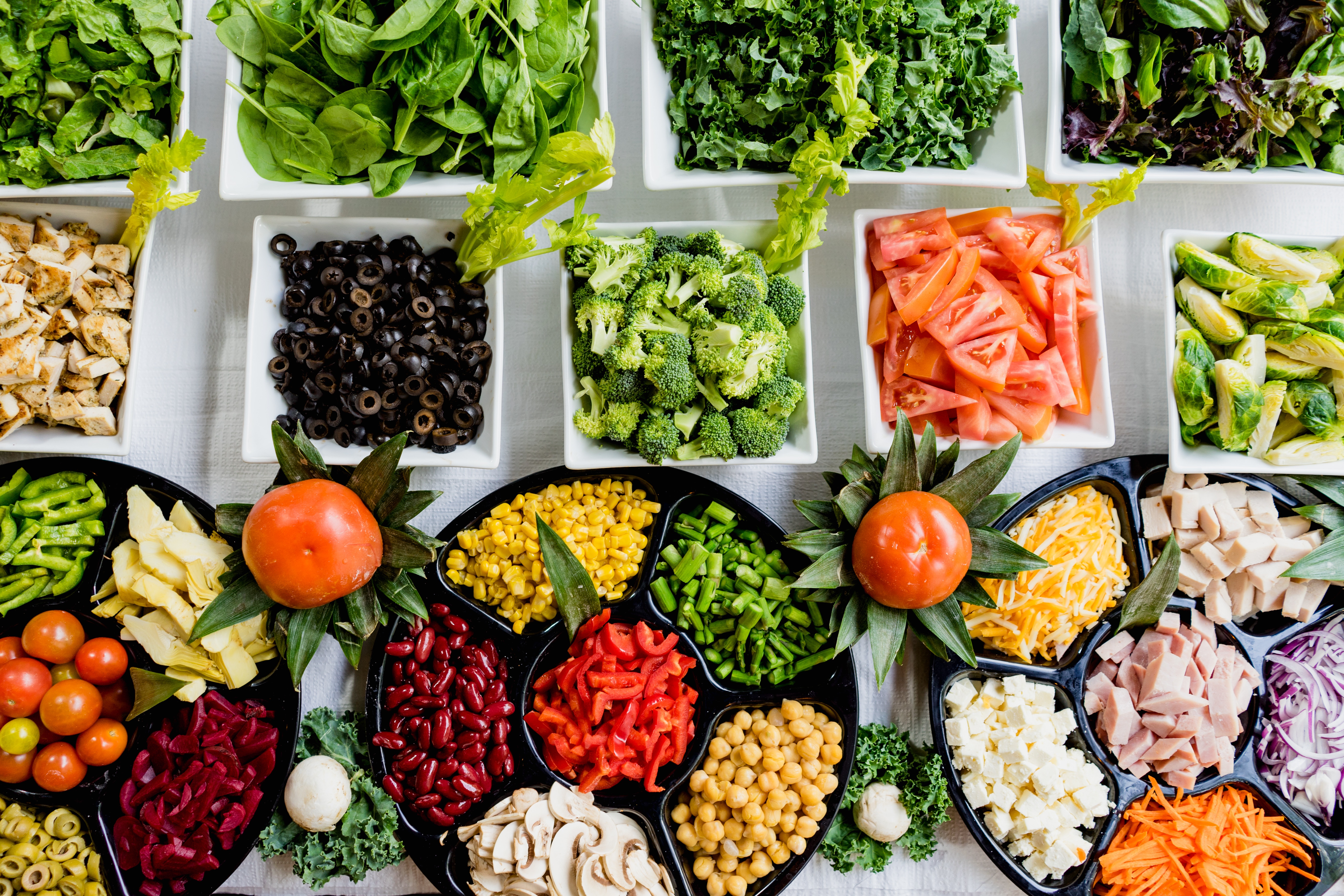Raw vs. Cooked – Which Contains More Vitamins and Minerals?

Let’s finally put an end to the debate of raw vs. cooked.
Of course, in the grand scheme of a well-balanced, nutrient-dense, varied, whole foods diet, the cooked vs. raw debate isn’t that critical for most people.
Where this can become a consideration is for vitamin and mineral deficiencies (or “insufficiencies”). These may be due to digestion or absorption issues, or avoidance of certain foods (due to allergies, intolerances, or choice).
And I’ll tell you that the answer isn’t as simple as “raw is always better” or “cooked is always better.” As with most nutrition science, it depends on several factors. Some vitamins are destroyed in cooking, while others become easier to absorb (a.k.a. more “bioavailable”).
With the Metabolic Balance® program, both raw and cooked foods are part of each and every individual meal plan. This guarantees that the maximum nutrition is derived from the foods. The plan will explain which vegetables are eaten raw and which are cooked, taking the guess work out. Learn more here. Or visit the page on Metabolic Balance® here
Here is the skinny on vitamins and minerals in raw foods versus cooked foods. You have the option of reading on or for my friends who prefer audio there’s a 5 minute recording right here.
Foods to eat raw
As a general rule, water soluble nutrients, like vitamin C and the B vitamins, found mostly in fruits and vegetables, are best eaten raw.
The reason why is two-fold.
First, when these nutrients are heated, they tend to degrade; this is from any heat, be it steaming, boiling, roasting, or frying. Vitamin C and the B vitamins are a bit more “delicate” and susceptible to heat than many other nutrients.
Of course, the obvious way to combat these nutrient losses is to eat foods high vitamin C and B vitamins in their raw form (like in an awesome salad) or to cook them for as short a time as possible (like quickly steaming or blanching).
Fun fact: Raw spinach can contain three times the amount of vitamin C as cooked spinach.
The second reason why foods high in vitamin C and the B vitamins are best eaten raw is that they’re “water soluble.” So, guess where the vitamins go when they’re cooked in water? Yes, they’re dissolved right into the water; this is particularly true for fruits and veggies that are boiled and poached but even for foods that are steamed as well.
Of course, if you’re a savvy health nut, you’ll probably keep that liquid to use in your next soup or sauce to preserve those nutrients that are left after cooking. Just don’t overheat it or you may lose what you were aiming to keep.
But, how much loss are we talking about? Well, of course, it ranges but can go from as low as 15%, up to over 50%.
In short, the water soluble vitamins like vitamin C and the B vitamins degrade with heat and some of what’s left over after they’re heated dissolves into the cooking water. So be sure to cook your fruits and veggies as little as possible, and keep that cooking water to use in your next recipe.
Soaking nuts and seeds
Regarding raw nuts and seeds, it may be beneficial to soak them. Soaking nuts and seeds (for several hours at room temperature) allows some of the minerals to become “unlocked” from their chemical structure, so they’re more absorbable.
Foods to eat cooked
Cooking certain orange and red “beta-carotene rich” veggies (e.g. tomatoes, carrots, & sweet potatoes) can help make this pre-vitamin A compound more absorbable.
Fun fact: One study found that absorption of beta-carotene was 6.5 times greater in stir-fried carrots than in raw carrots!
Of course, eating your fat-soluble vitamins with a bit of fat will help you to absorb more of them, so that’s one factor to consider.
One vegetable that’s best eaten both raw and cooked
Spinach!
And I’m not just saying this to get everyone to eat it any way possible (although, I would love for this to happen…unless you’re allergic, or sensitive to the oxalates in spinach of course).
Spinach contains so many beneficial compounds that it’s great eaten both raw and cooked.
Eating raw spinach preserves the water-soluble vitamins C & the B vitamins.
Eating spinach cooked allows the pre-vitamin A, as well as some of the minerals like iron to be better absorbed. Not to mention how much spinach reduces in size when it’s cooked, so it’s easier to eat way more cooked spinach than raw spinach.
Conclusion:
The old nutrition philosophy of making sure you get a lot of nutrient-dense whole foods into your diet holds true. Feel free to mix up how you eat them, whether you prefer raw or cooked just make sure you eat them.
References:
http://www.precisionnutrition.com/10-ways-to-get-the-most-nutrients
https://authoritynutrition.com/cooking-nutrient-content/
Yep, you gotta read the small print, its important:
Disclaimer
The information contained herein is NOT intended as medical advice, nor is it intended to replace the care of a qualified health professional. Always consult your doctor for all diagnoses, treatments, and cures for any diseases or conditions, as well as before changing your health care regimen.

